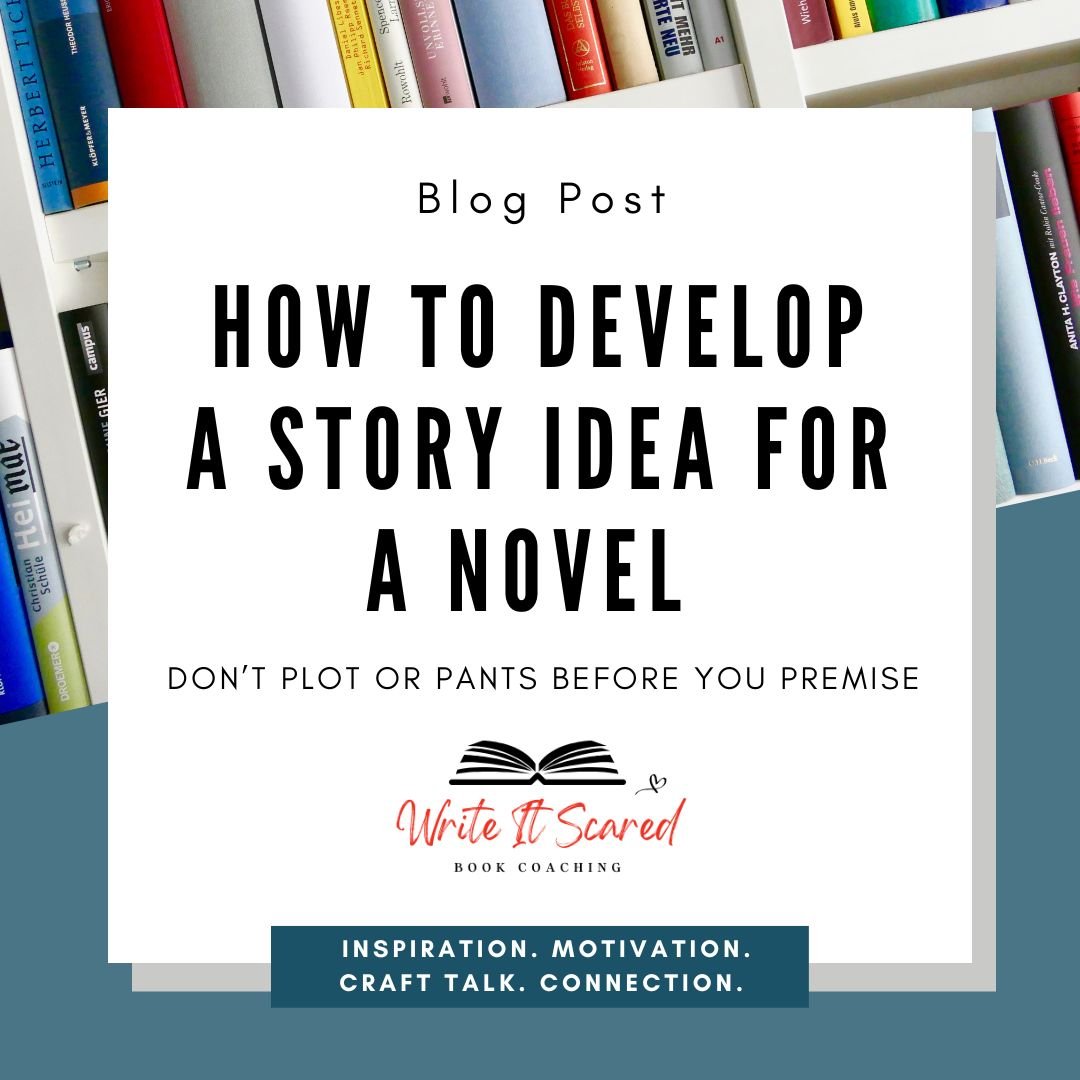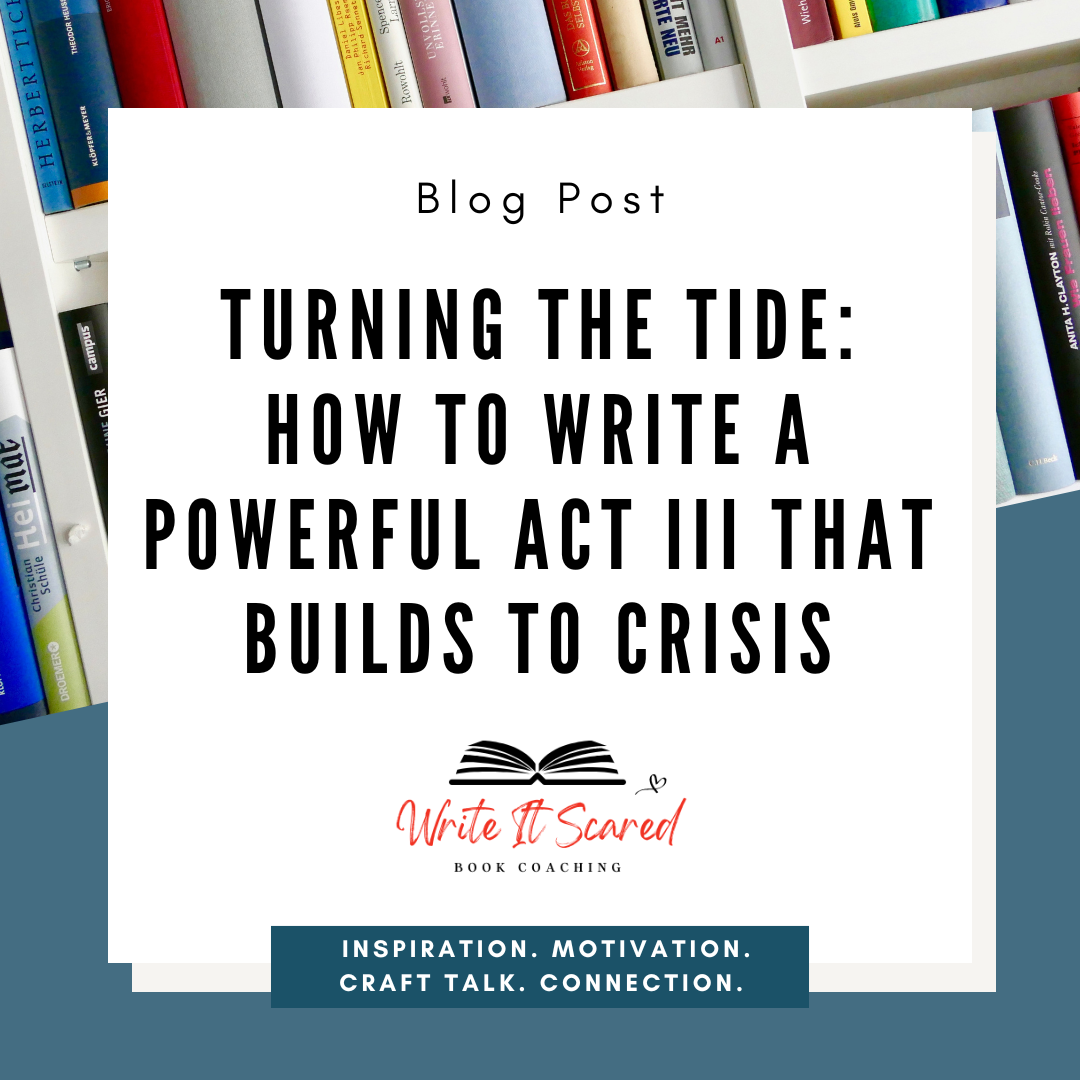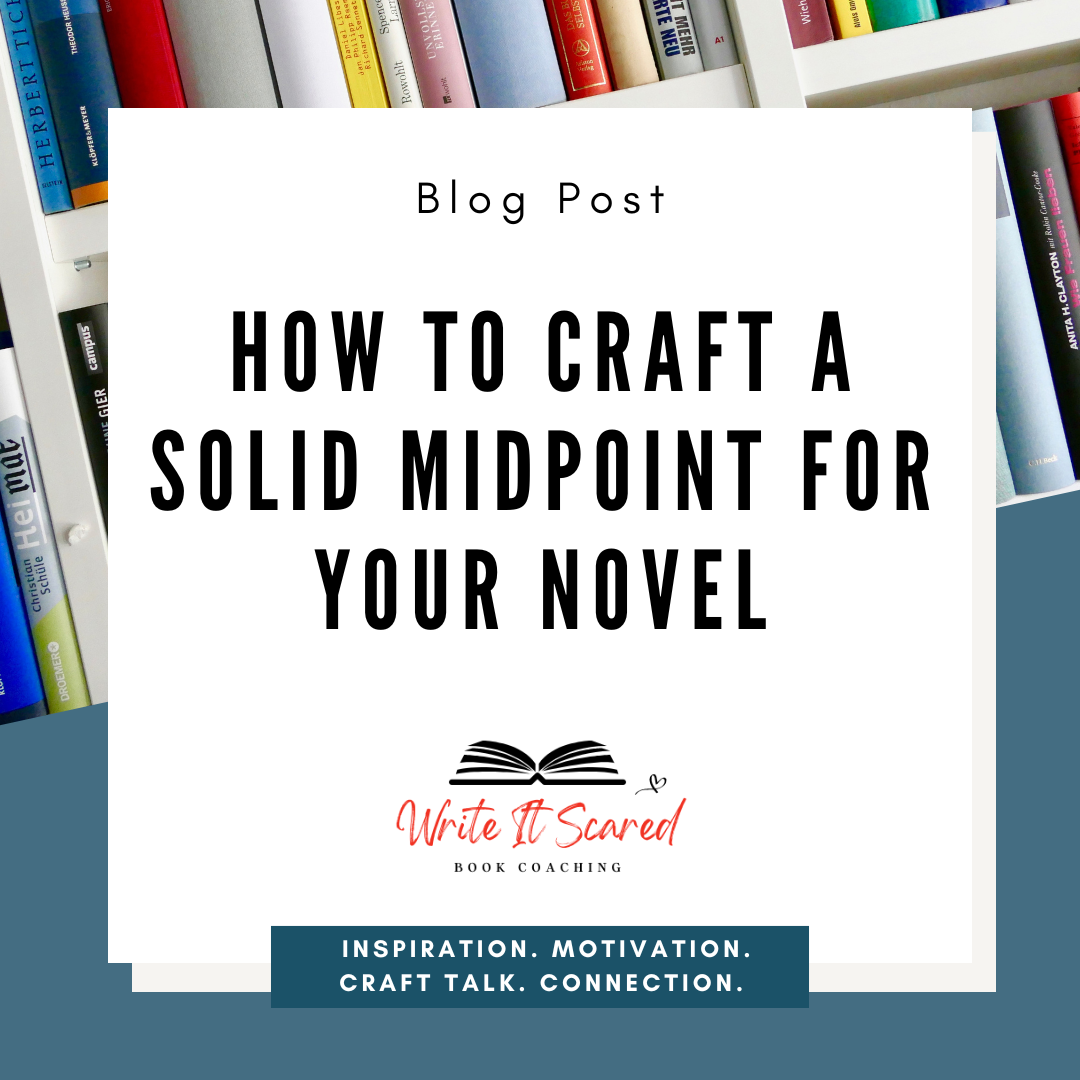
How to Structure a Romance Novel: Beyond the Beats
Today we’ll discuss how to outline a romance novel to hit the beats readers expect and talk about when and where those beats fall. But we’ll also look at character arcs, and themes because you really can’t talk about mapping a story without them!

Romance Writing Essentials: Tips for Writing Romance For Fiction Writers
Romance stories are among the most difficult to execute well. Why? There are many reasons, but the biggest is that structurally, the protagonist’s object of desire is also a major antagonistic force in the story. The love interest is the opposition! Wrangling that conundrum into a satisfying emotional experience takes some finesse, my friends.

Worldbuilding Tools - A Simplified Approach to Creative Worldbuilding for Fiction Writers
Worldbuilding is where writers create the social, cultural, historical, political, and physical realities for our characters.
It feels like a colossal endeavor that we could talk about for days, but we won’t. Today, we’re going to streamline the process by following our curiosity through a series of strategic questions.

How to Use Genre To Structure Your Novel
The writing industry puts a lot of focus on the importance of a writer identifying their genre once the book has been written to determine where it will fit in the marketplace, but minimal emphasis on identifying genre before you begin to write it.
This is a problem because a book’s genre is much more than which shelf it sits on in a bookstore.

How to Develop a Story Idea For a Novel
Are you writing a novel this year? Maybe it’s your first time, and you’re wondering where to start. Or you’ve done this before, but you’re looking to nail down your process. Either way, this article will help.
Today, we’ll discuss how to explore a fresh idea and develop a firm foundation of the essential elements every story requires so that you can create a rock-solid premise statement for your novel.

Becoming a Better Literary Citizen: Unpacking Gandhi's Wisdom in the Book World
Do you ever feel like your actions don't really matter in the grand scheme of things?
In a world filled with chaos and noise, it's easy to wonder if anyone cares or will even notice our efforts. I'll admit, I've had those moments too (plenty). But life has a way of reminding me that my actions do matter, even if I can't always see the immediate impact.
As Gandhi wisely said, "Whatever you do will be insignificant, but it’s very important that you do it."
This article will show you how to take action to become a better literary citizen and why it’s so important that we do this together!

How to Write Authentic Dialogue in Your Fiction Novel
When I started writing fiction, I really enjoyed writing dialogue—until I realized how terrible I was at it! And then, when I figured out what I was doing wrong, things got worse before they got better.

Crafting Powerful Scenes: A Guide to Writing Scenes That Work
A scene is a unit (think of it like a link) of expressed change, and many links make a story.
Crafting a compelling scene is vital for a writer because no matter how great the story is in concept, it will only hold together the big picture if it works on the scene level.
It doesn't matter how eloquent the writing is; if the scenes don't work, the story will still be a lifeless, shapeless thing that does not hold our interest.

Should You Write a Scene or Summary - A Guide for Fiction Writers
All novels are built from a combination of scene and narrative summary. The balance is the author's choice, but the more we know each component, the better decisions we can make about structuring our story to produce a book others will enjoy.
In this blog post, we'll break down the distinction between scene and summary, see how they are often blended, and examine the rarely discussed middle ground: the half-scene.

How to Craft a Flat or Static Character Arc in a Fiction Novel
So you may have heard the protagonist doesn't change in a flat arc. But this isn’t the whole truth; they can and often do, but the change differs from a positive or negative arc. Also, flat character arcs should not be confused with a flat or one-dimensional character.

How to Write a Falling Character Arc in a Fiction Novel
The falling character arc is the truest of tragedies. These characters pursue their external want, backed by their false belief (what they believe about the world or themselves that does not serve them), to insanity or death with rare exception.

How to Write a Disillusionment Arc in a Fiction Novel
While often portrayed in a negative light, the disillusionment character arc can serve as a powerful tool for delivering a message of caution and encouragement. By exploring the struggles and challenges characters face, these stories can ultimately provide readers a sense of hope and inspiration.

Learning How to Write a Negative Character Arc in a Fiction Novel
I do love a good negative character arc. That's probably why I enjoy writing my antagonist or a wicked side character almost as much as—sometimes even more than—my hero.
Negative character arcs allow us to explore the darker side of humanity, and they don’t get much attention in the writing world.

What You Need to Know About Positive Character Arcs and Their Subtypes
What you need to know about positive character arcs and their subtypes.
Stories featuring a protagonist with a positive character arc are usually about hope, inspiration, and overcoming. So, it's no surprise they are popular.
We love seeing people overcome difficult situations and uncover the error of their ways so they can change for the better.

How To Construct A Character Arc Your Readers Will Love
If you looked at the previous posts on story structure you can probably tell much of that content talked about how what happened at those major turning points in the story challenged the protagonist to change internally.
This is because PLOT/STRUCTURE and CHARACTER are intimately linked. You can’t have one without the other. So the structure isn’t a bunch of arbitrary plot points. The sequence of events has a specific mission: to affect an inner change within the character, their world, or both.
We refer to this internal change as a character arc. Here’s what you need to know to craft a character arc your readers will love!

How To Write An Emotionally Satisfying Resolution For Your Fiction Novel
The end of the story has one seemingly simple job–to satisfy the reader. Let them say, ah, now that was worth it.
The key to a great resolution is to allow for emotional resonance between the story, the main character or characters, and the reader.
So how do we do that?
First, let’s remember where we’ve been to better understand where we’re going. And keep in mind that a story is about one thing: showing an irreversible change in the main character, the situation, or both.
The story’s resolution begins right after the last climactic event and continues to the final page.

How To Write A Gripping Climax For Your Fiction Novel
The climax is a series of connected scenes that take us to the last dramatic change (big moment), where the protagonist and the antagonist (bad guy, bad situation, bad internal flaw) go head-to-head. Someone wins, someone loses, and because of this, our character’s inner journey is completed. After that, there’s no more story to tell.
This is a big deal. It’s rubber meet the road time, and the story will live on in the reader’s mind as an epic success or a floppy failure based on this moment.
No pressure, right? Ha!

How To Write An Effective All Is Lost Moment And Dark Night Of The Soul
The All is Lost is an action beat played out in a single scene or chapter that lands right at the 75% mark of the novel. This event shatters all hope of the protagonist reaching their main external objective. It closes out Act III in Four-Act Story Structure. In Three Act Structure, it’s also called the Third Plot Point.
As the name suggests, the All is Lost moment is your main character’s rock bottom emotional low point. They were so close to getting what they wanted, but now, because of this event, there’s no chance in hell they’ll recover, or so it seems.

Turning the Tide: How to Write a Powerful Act III That Builds to Crisis
I like to think of Act III in the Four-Act story structure (from the midpoint to the all is lost) as the time when shit gets real and stays real, and the hero fights with proactive energy and new information.
Things that occur:
Progressive complications and higher stakes. After all, there is no turning back for the main character.
The second pinch point, where the antagonist gives the main character a smack down and foreshadows the All is Lost Moment (the Third Plot Point in a three-act structure) and the story’s climax.
All is Lost: represents the Moment in the story where all hope is lost in the main character reaching the external story goal.

How To Craft A Solid Midpoint For Your Novel
The Midpoint is all about shifts.
It’s a significant moment, but that doesn’t mean it needs to be loud or aggressive. It can be subtle.
But something opens the character’s eyes to the bigger picture. This event will make the character stop and take stock of their situation and circumstances, and the personal stakes increase yet again because of this new understanding.
The Midpoint will change the trajectory of the character’s life in much the same way the inciting incident did, and the decision they make here will shape the rest of the story.
